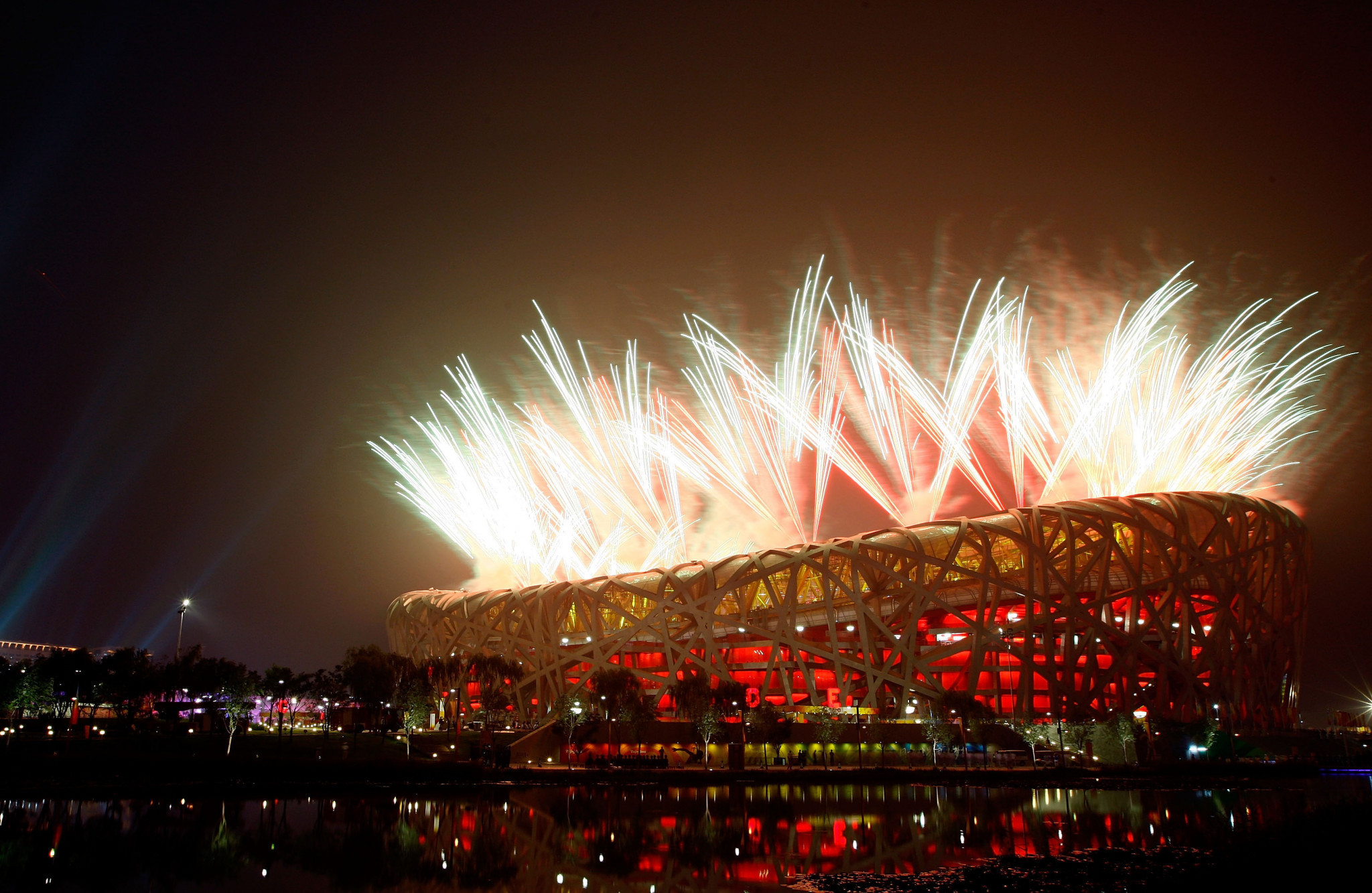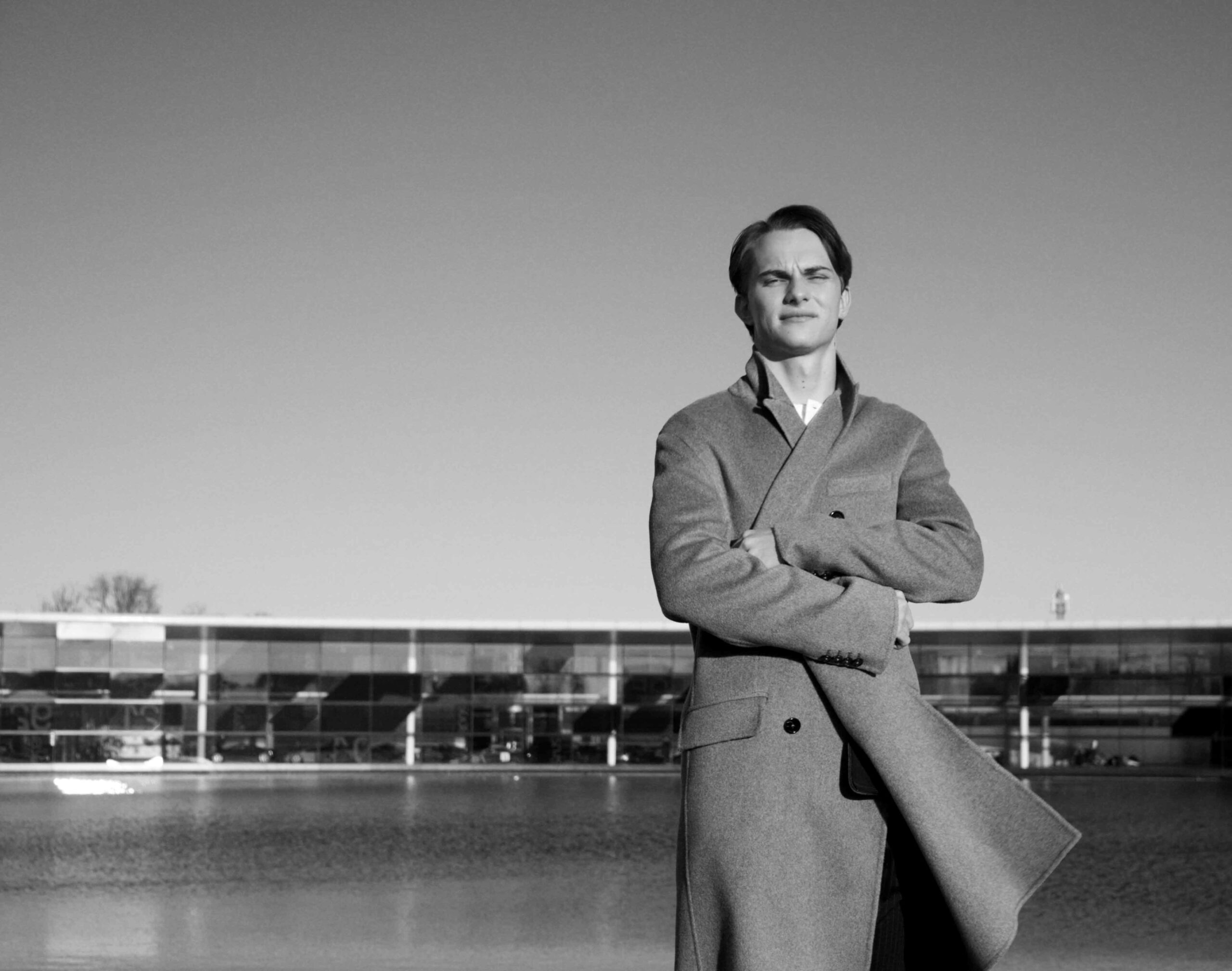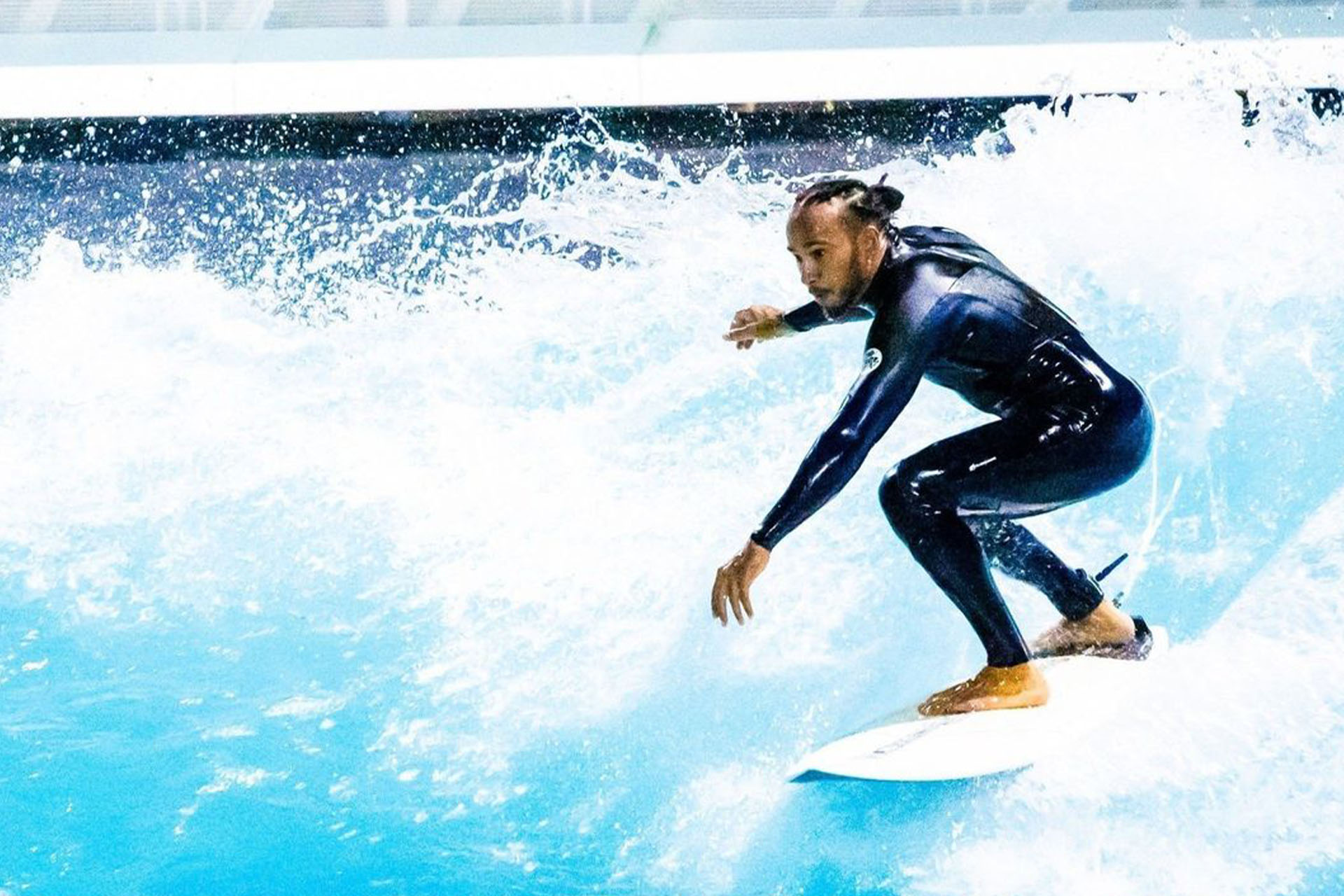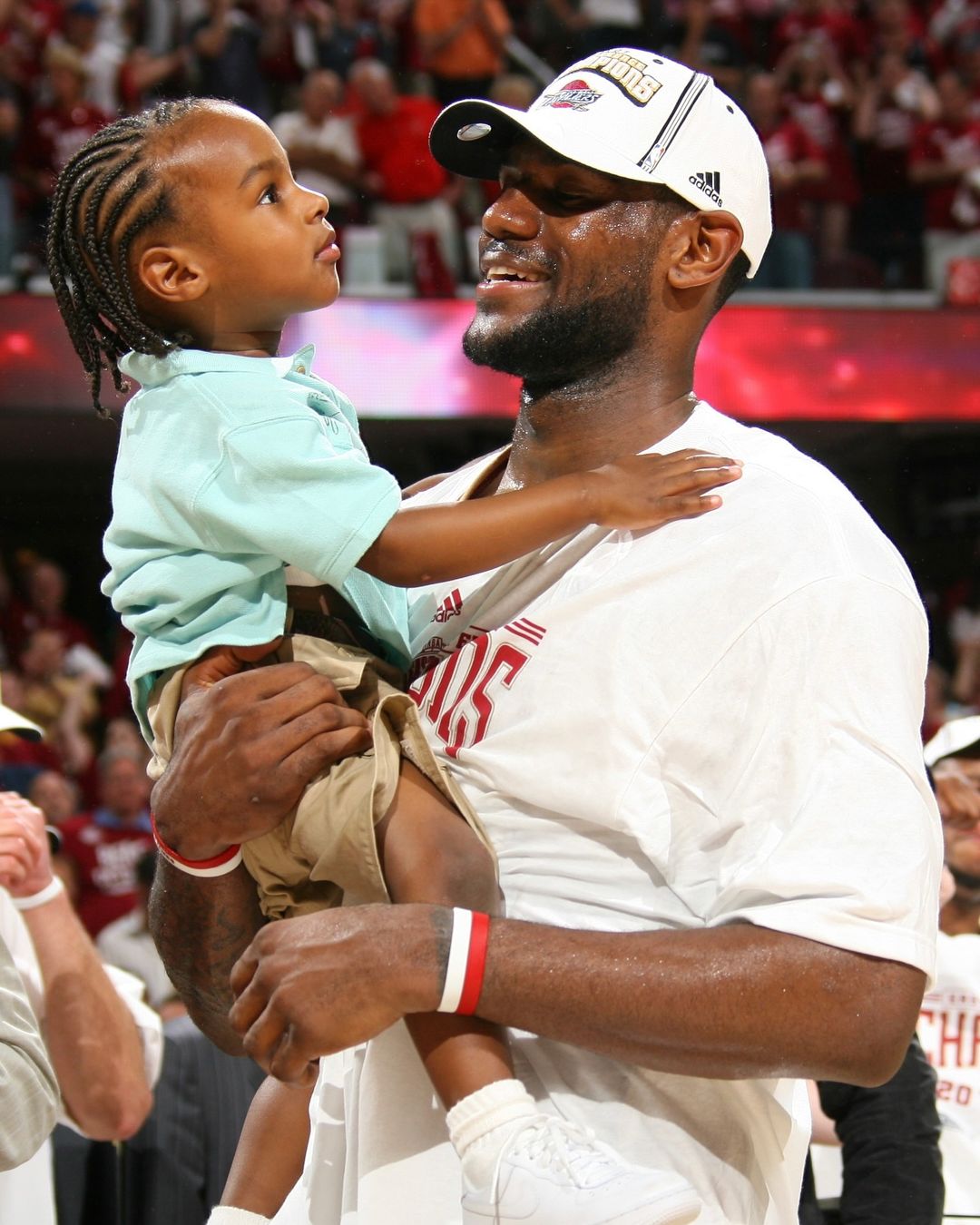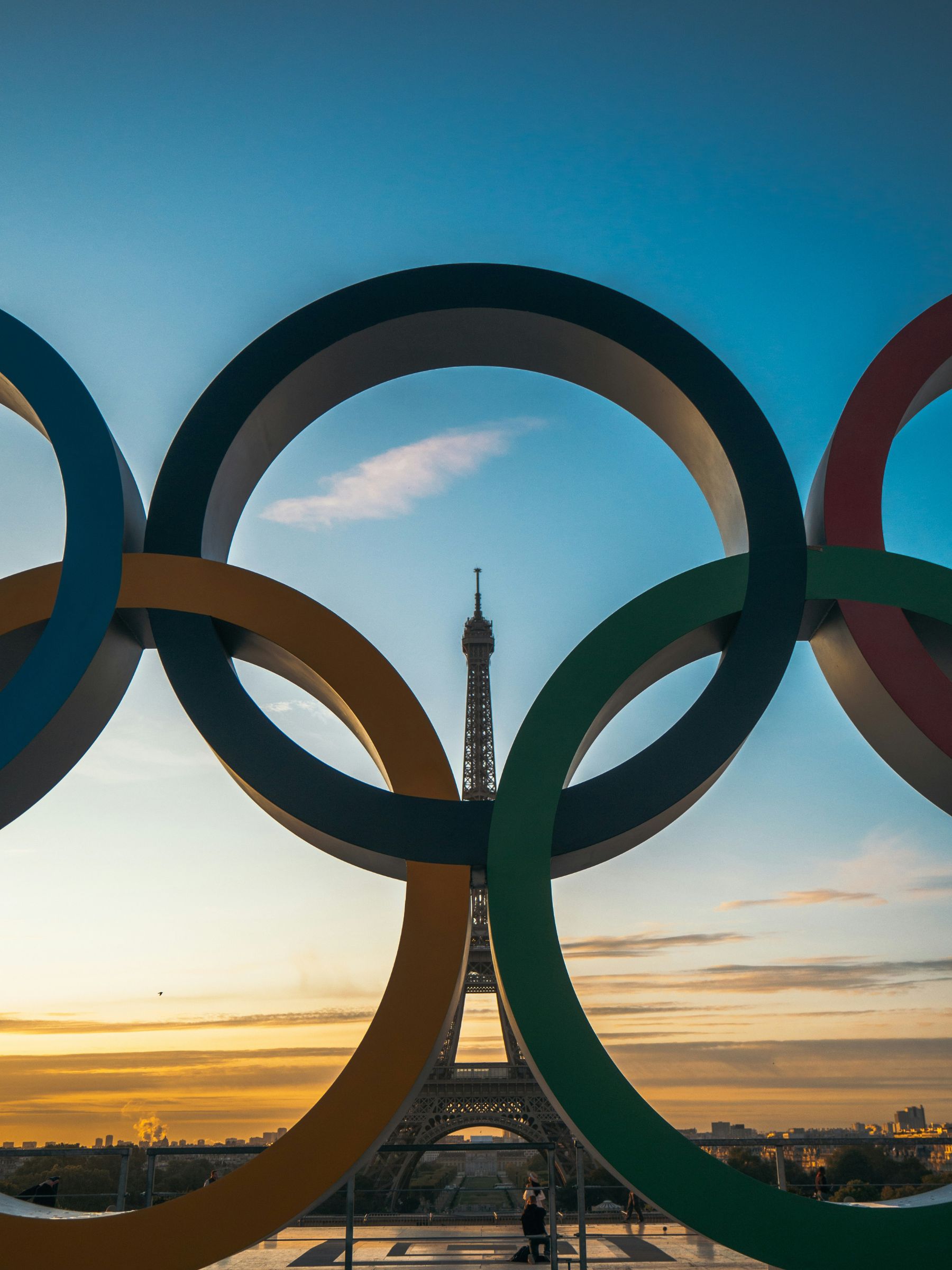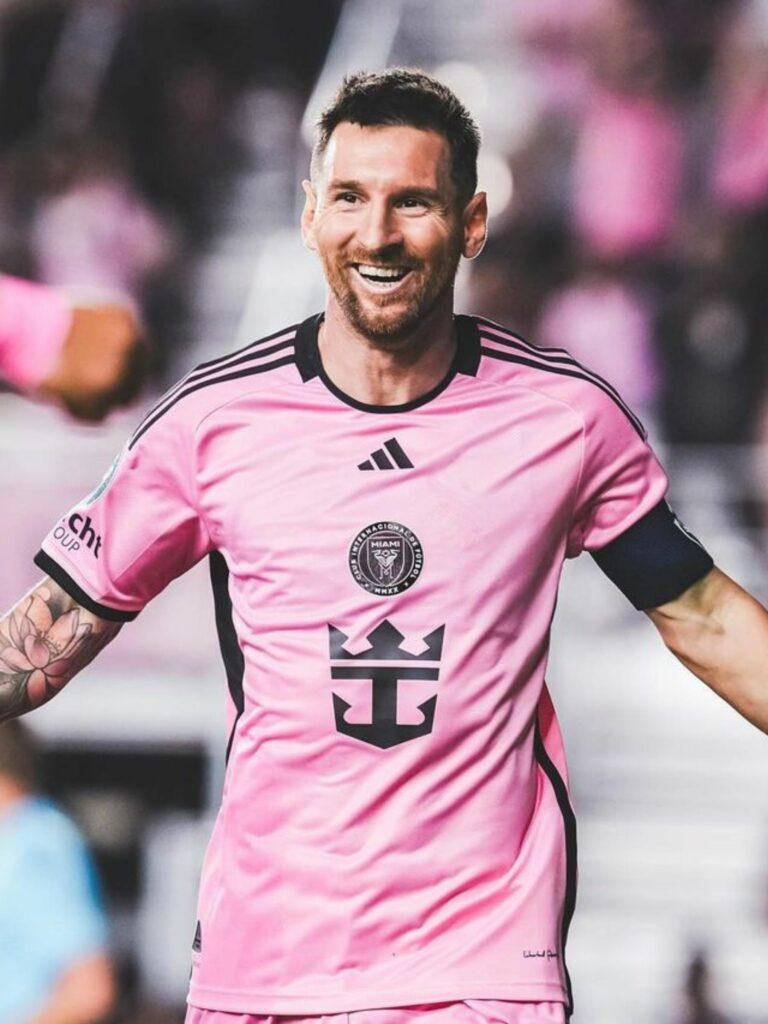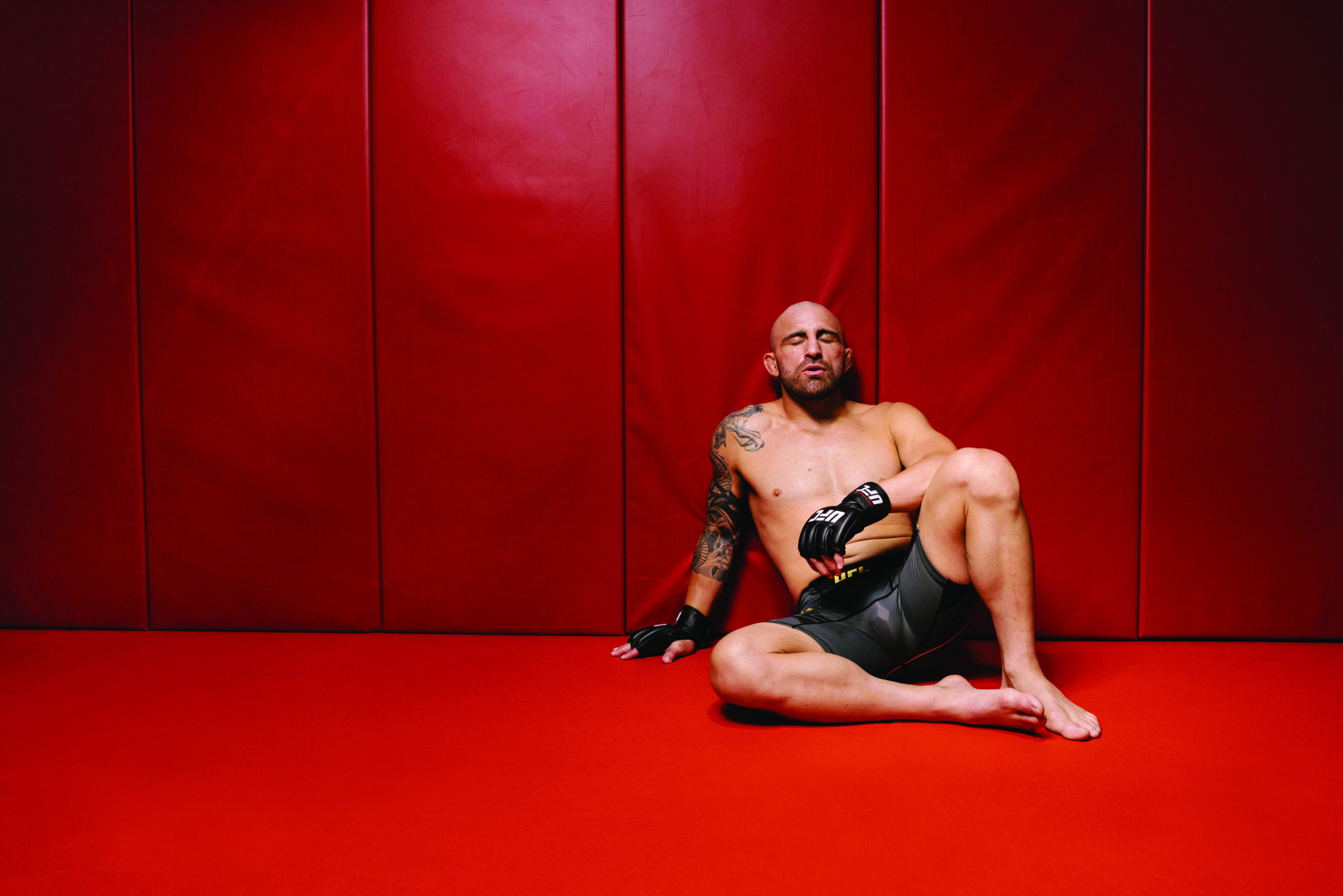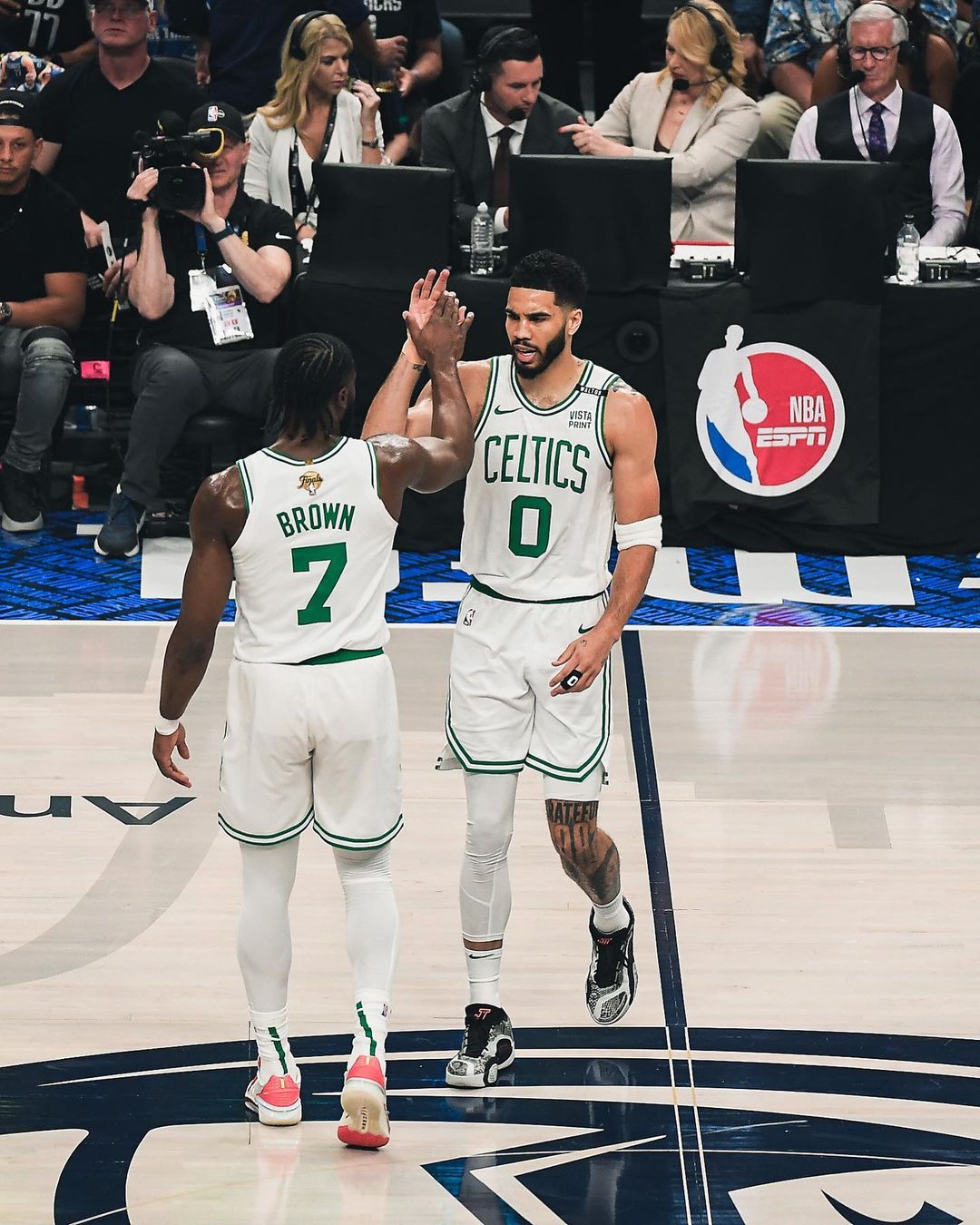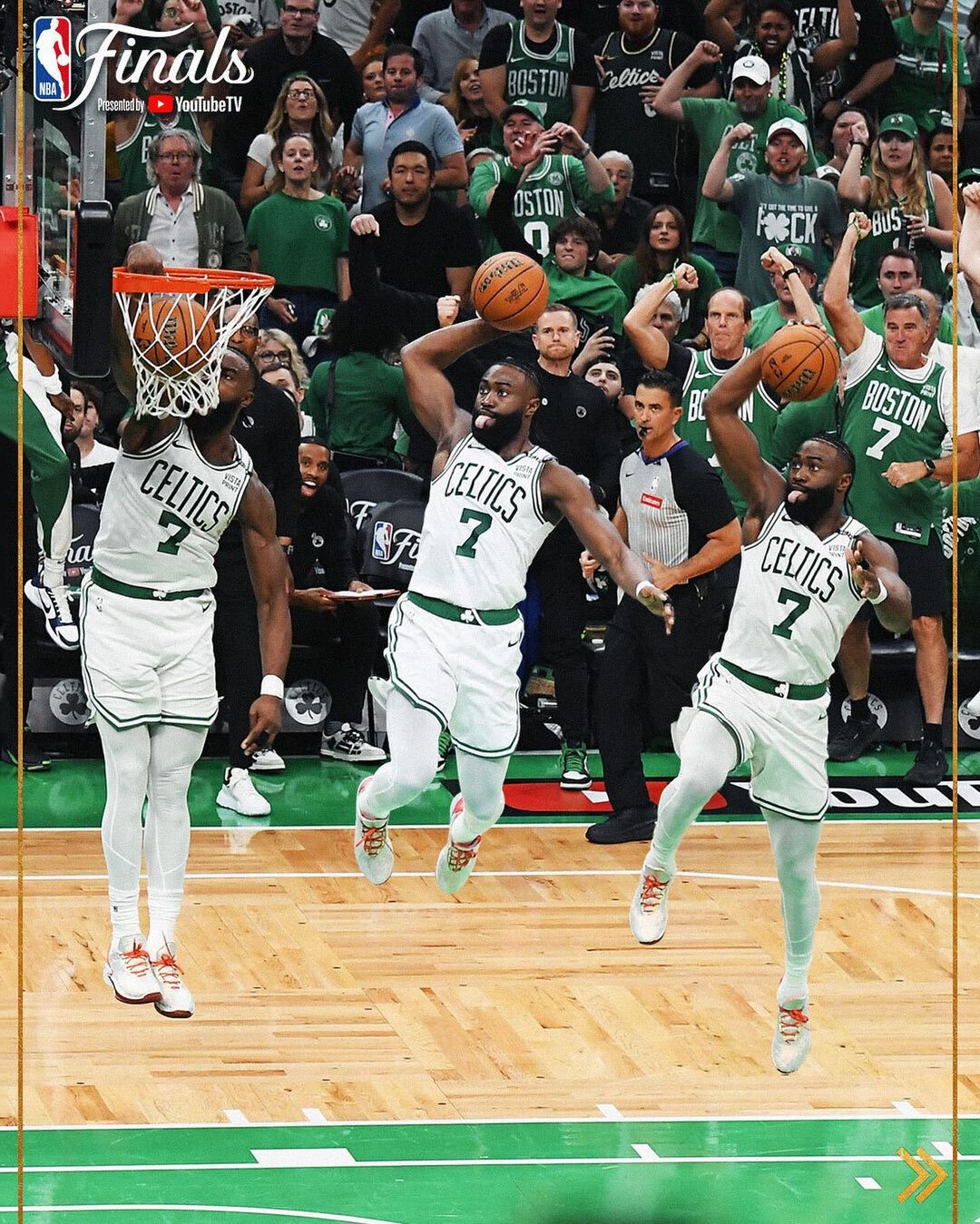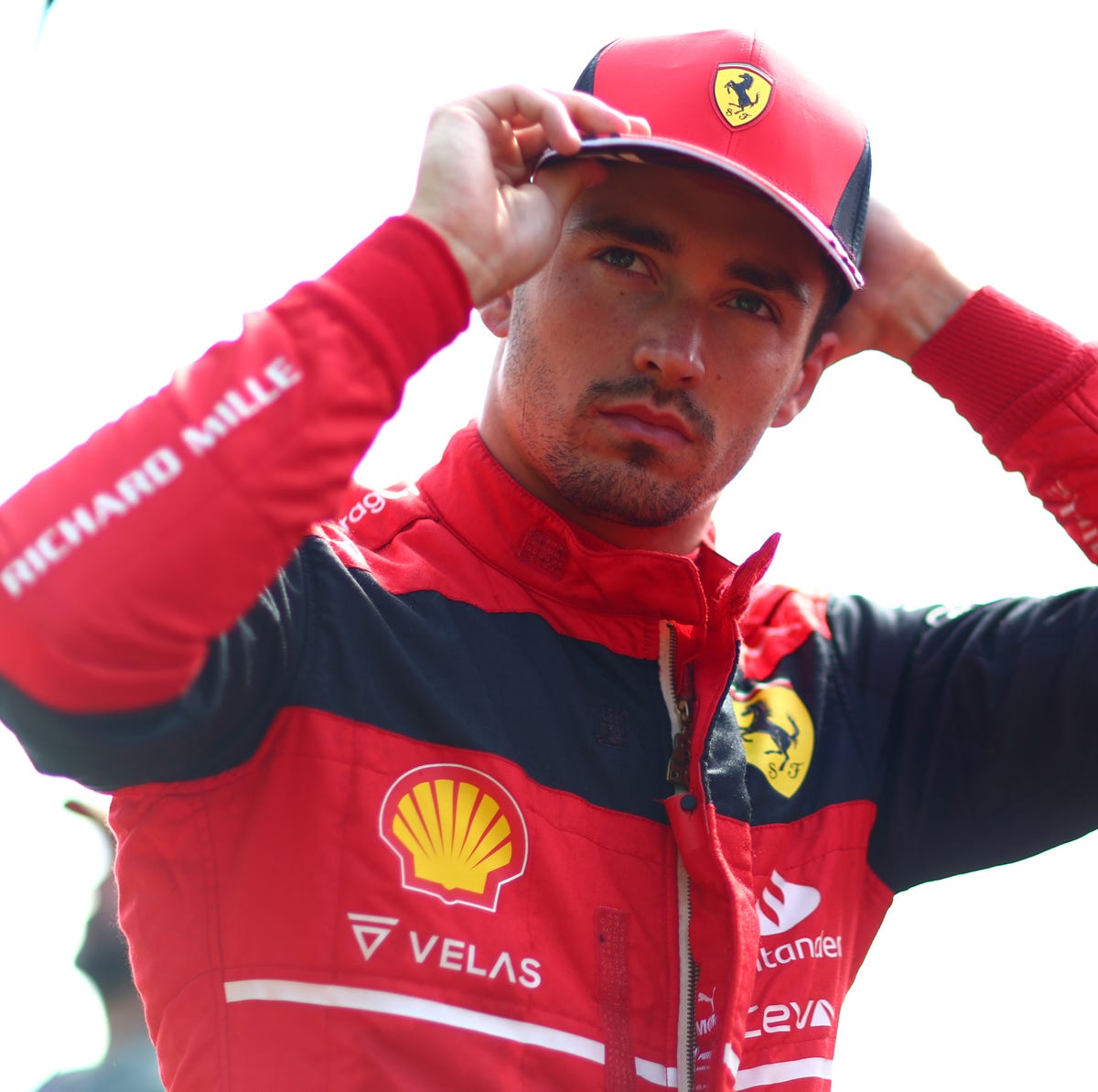
“NOT EVERYTHING IS BEAUTIFUL,” says Charles Leclerc, a twinkle in his eye betraying the fib. We’re sitting huddled together on a couple of red, leather-backed seats in a quiet corner of the Scuderia Ferrari motorhome, just ahead of the British Grand Prix and I’m pushing the Formula 1 driver to lift the bonnet a little, on what it really feels like at the top.
It has been an exquisite year for the 26-year-old. In January, as fellow Ferrari driver Carlos Sainz lost his seat, Leclerc re-signed with the Scuderia for next season and beyond, confirming at least another year in red, alongside incoming teammate Lewis Hamilton. In April, he announced a new addition to his family, in the form of mini cream Dachshund Leo Leclerc, a puppy that swiftly stole the hearts and minds of the internet. In June, after many disappointments, he finally won his home race in Monaco. And as we go to press, he’s holding an aggressive third in the driver standings, just a few points away from Lando Norris and with a real shot at gaining ground as a proper tussle breaks out at the front of the pack. From the outside at least, literally everything looks about as close as it gets to superlative. Over the course of our time together, though, he lets me peek behind the curtain, at the lows that come with the highs and at a man that leans on music and art as his refuge from the fray.
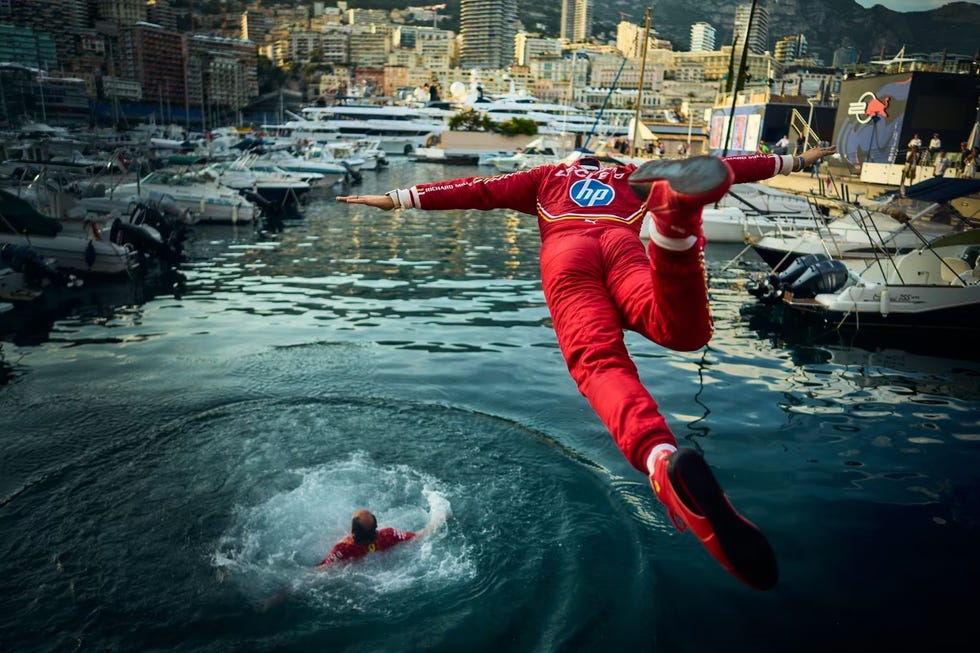
“This year has been really special,” he confirms. Winning in Monaco is so far the jewel in 2024’s glittering crown. “Growing up in Monaco, dreaming of being part of this race since I was a child. First participating in it six years ago and then having so many missed opportunities there, where we came so close but didn’t get it, that made it even more special. After the race, during the victory lap, I looked up into the buildings and I could see the faces of friends and my family, people who’ve been there my whole life. Emotionally, it had such value.”
That connection to the people who were in his life before he became a sporting and television star is key. With Formula 1’s mushrooming social media presence, plus Netflix’s Drive to Survive treating the paddock like a Big Brother house, there are few places to escape the watching public. Among the drivers I’ve interviewed before, there’s a general consensus that this is broadly a good thing. Attracting and retaining the interests of a bigger and bigger fandom can only elevate their sport and they’re at pains to express gratitude for that. If you press though, most of them will also tell you that it can get a little intrusive. It’s hard even to go to the bathroom without being surveilled. It makes private moments with loved ones all but impossible to achieve.
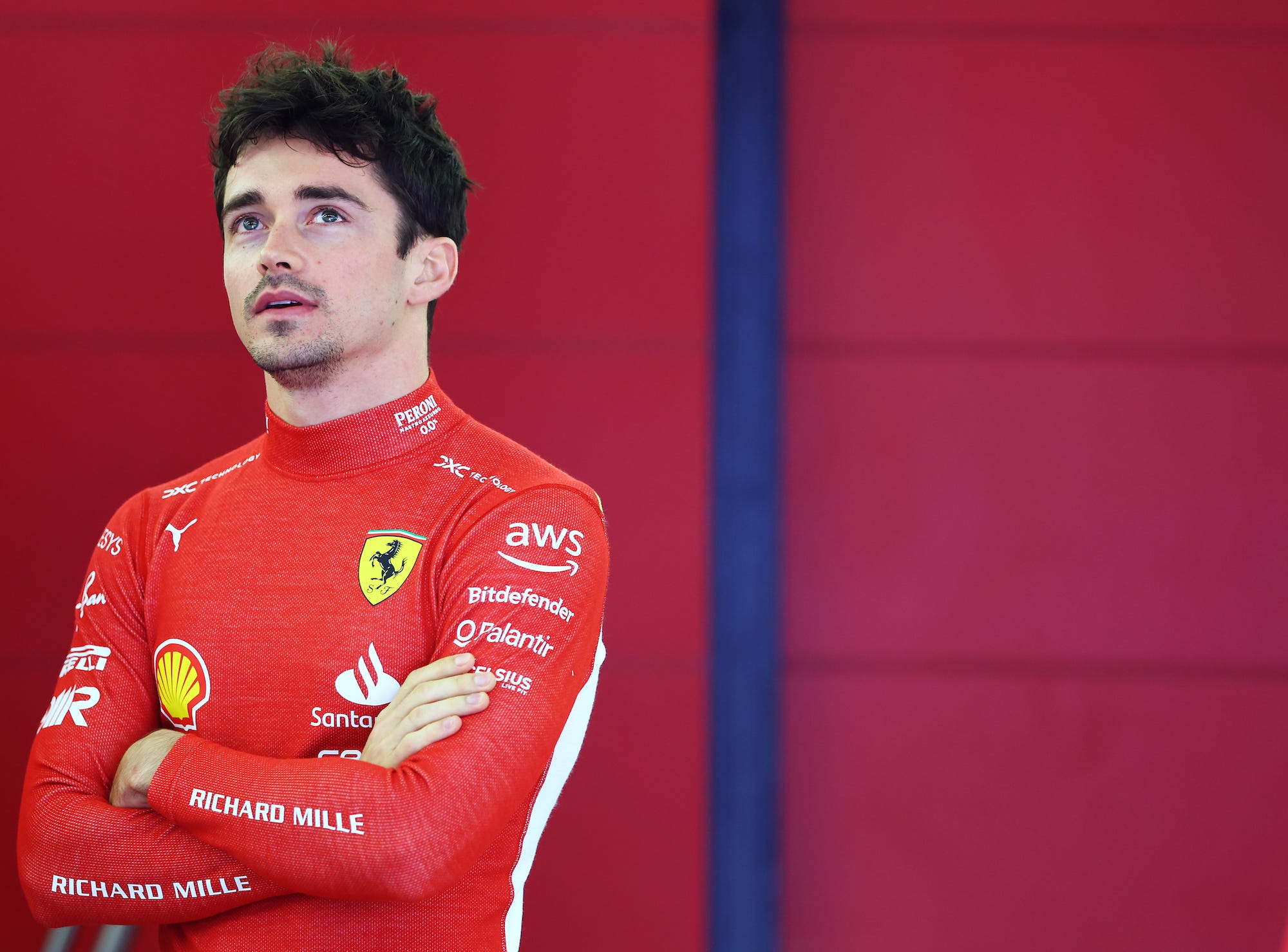
As amiable as he is, Leclerc is also one of the more reserved athletes on the grid and protecting space to be just with those closest to him is a big part of how he thrives psychologically. After the Monaco triumph, “I invited my team, my family and the friends I’ve had since I was young – and also, the Prince of Monaco, who has supported me from the very beginning – to a private party in the evening. It meant a lot to see those people together, and my team that had given absolutely everything on that weekend to achieve the win.” At that pivotal juncture, in a career that’s already spanned 19 years, he wanted to hold the moment close, sharing it with those he felt would truly understand its significance.
“Probably 99 percent of things [about this life] are positive. I am very lucky to be in this position,” he says, keen to emphasise that same gratitude that permeates the paddock, “but sometimes I wish I was a normal person. There is less and less privacy and though social media can be a really good thing, there are a lot of people that are there just to put you down and make you feel bad. I try as much as possible to have a normal life. My group of friends has never changed. If you have a solid group of friends and family that only want the best for you, you can go through anything. So, I mostly stay off social media, and spend my time with those that I know will love me whether it goes well on track or not.”
And go through things he has. Despite his relative youth, the Ferrari driver has had to put a brave face on while confronting many people’s worst fears. In 2015, Leclerc’s godfather Jules Bianchi – the man that set him on the path to success with Ferrari – died from injuries sustained at the Japanese Grand Prix. Then, merely two years later, his own father passed away, just four days before Leclerc would go on to win the Formula 2 feature race in Baku, and even more gut-wrenchingly, just one month before he achieved his and his father’s dream of landing a Formula 1 contract. “That was the most difficult moment,” he says of losing his dad. “That was a private moment [that had to be lived publicly], and it was difficult to accept.”
When it’s not his loved ones bringing him up, he’s found another way to feed his soul. Quietly, Leclerc is an artist, both in music and design. When I ask him to name the one object he couldn’t live without, he tells me it’s his, “beautiful Steinway Model B” piano. “I compose my own songs. I know how to read music but I am so slow at it, so I come up with the music myself. I am quite introverted, in a way, so I could never feel confident playing in front of a big group, but I love to compose, I do it often and I have released a couple of tracks on Spotify.”
The piano isn’t his only creative pursuit, either. “I like to design clothes,” he says, and tells me he’s spent quite a serious amount of time sketching, in the hope of starting a clothing brand. “I would like to produce my own collection one day. With Ferrari Style on board, let’s see, maybe it will happen in the future. I use style a lot, to try and show in a subtle way how I feel from day to day. It’s a really good way to express yourself without speaking.”
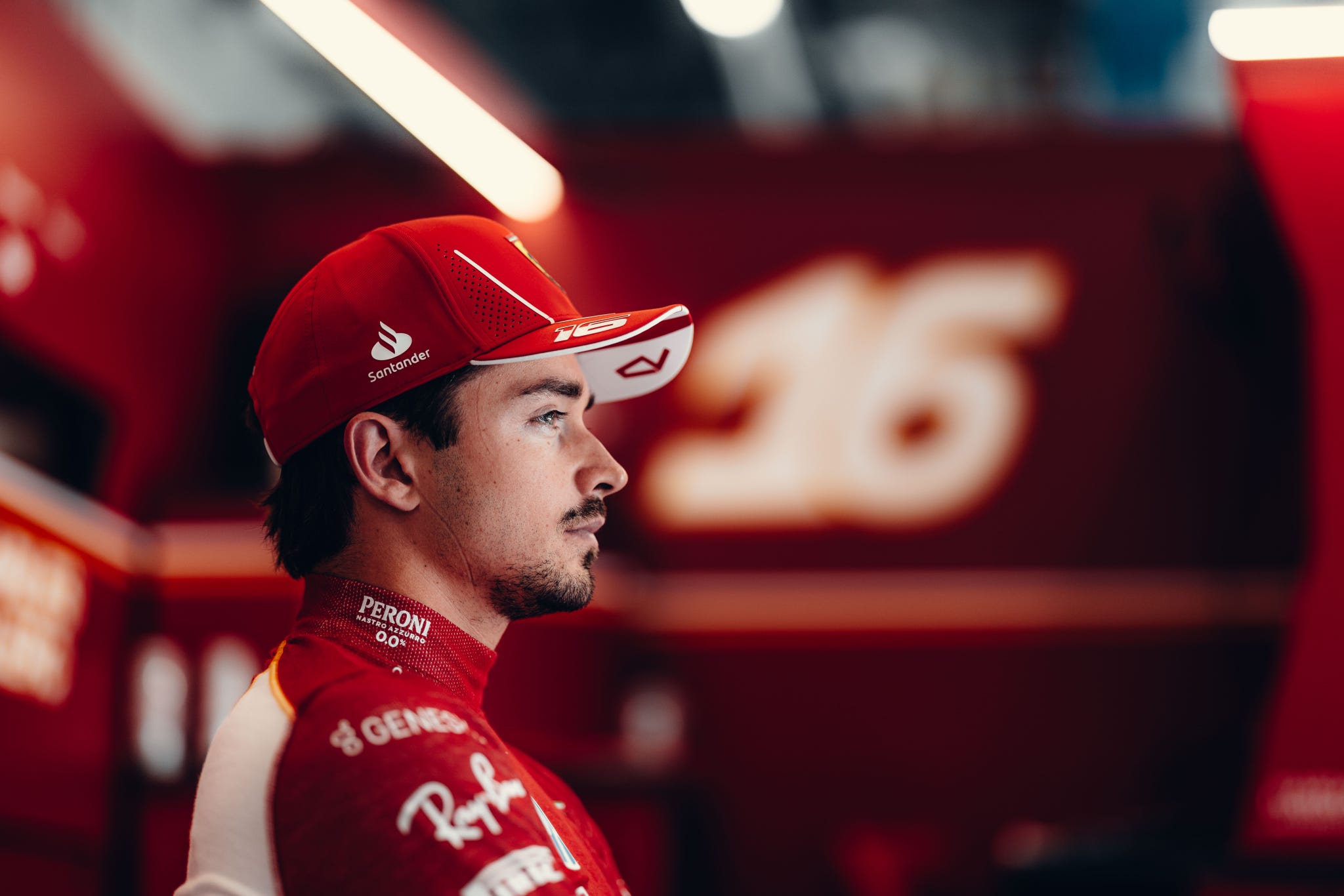
“My accessories get a little bit more extravagant in happy times,” Leclerc smiles. I ask what that translates to on victory days. “Well, obviously my Richard Mille is always with me. They’ve been supporting me since 2011 and they make the best watches in the world.” Today he’s sporting the RM72-01 Flyback Chronograph. He confesses, though, that his favourite RM is actually one he doesn’t own yet, the RM 27-02 Rafael Nadal tourbillon with orange straps. Beyond that? “I love these,” he says, turning his wrist to show me two pavé bracelets by APM Monaco, one in a bright lagoon blue and one in azure. Nestled next to them is an adorable beaded bracelet that a fan gave him. He says he always wears the jewellery that his fans make.
There’s some rustling by the stairs over my shoulder, and we hear that it’s time to head trackside, as his team in the Ferrari garage are about to start practising his pit stops ahead of the weekend. To bring our conversation to its full stop, I ask him quickly to reveal his most cherished thing about the British Grand Prix.
“Well, the track is one of my favourites, first of all. It still has its historical corners. The way it’s built with its curves, it just feels good. But, outside of racing, there are just some places that you get to know and love with time. The scenery feels like a welcome back. I brought my dog Leo here for the first time this weekend, to run on all the greens, and now he loves it too.”
One thing’s for sure: for all his fierce competitiveness on track, The fast and the curious: inside the rise of Formula 1 fandom understands the power of living life in the slow lane.
This story originally appeared on Esquire UK
Related:
The fast and the curious: inside the rise of Formula 1 fandom
The richest F1 drivers: who is the highest paid man on the grid?








